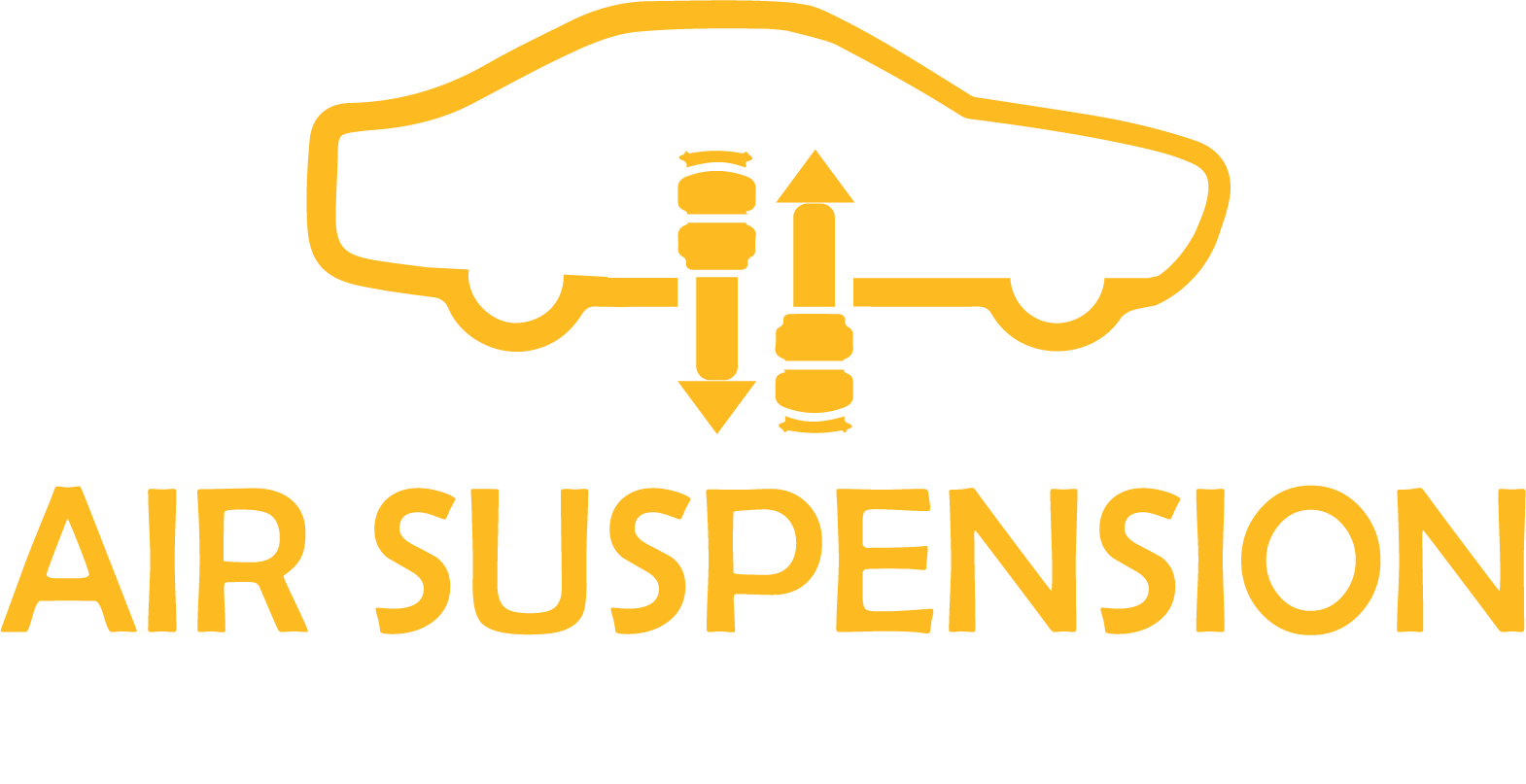Common Issues & Troubleshooting
This could indicate a leak in the airbag, faulty valve, or height sensor issue.
Most likely due to small air leaks in the bags, lines, or fittings.
This suggests a major leak or a faulty pressure sensor not shutting it off.
Check for overinflation or worn-out shocks. Air pressure may need adjustment.
The compressor may be weak, or the air tank might be undersized or leaking.
Start with compressor fuse, relay, then test the controller and valve block.
Factory sensors or ECU conflicts can cause this. Use proper OBD tools or calibration kits.
Yes, some systems lower after ignition off for aesthetics or garage clearance.
No. Hissing usually indicates a leak in air lines or connections.
No. You should use compatible modules or error bypass kits during installation.
Maintenance & Inspection
Visually inspect every 3 months or before long trips. Check for leaks, cracks, and alignment.
Yes. Clean filters and check power/ground wires regularly to prevent overheating.
High-quality air bags typically last 5–7 years depending on driving and weather conditions.
Temporary patches may hold briefly, but replacing the air spring is the only permanent solution.
Yes. Apply silicone lubricant on bushings and avoid petroleum products near air bags.
Humidity from the compressor intake. Install a dryer/filter to remove moisture.
Yes. If your ride height looks uneven, sensor recalibration may be required.
Use heat-resistant conduit and avoid routing wires near hot exhaust or engine parts.
Yes, slightly deflating prevents overpressure buildup and airbag fatigue during storage.
Monthly checks are recommended due to heat, sand, and road conditions in the UAE.
Legal Use & Compliance in UAE
Yes, but modifications must comply with RTA guidelines and pass vehicle inspections.
Yes. Declaration and approval is required for insurance and registration renewal.
The system must default to safe height on ignition and not allow extreme ride lowering on highways.
Yes. RTA may impose penalties and fail your vehicle during annual checks.
Yes, if installed by certified garages and compliant with safety standards.
Installation invoice, product certification, and technical inspection report are usually required.
It may. Always inform your insurer about mods to avoid claim rejection.
Yes, but pre-approval is recommended. Post-install inspection may be stricter.
Only if installed by an authorized agent and stated in warranty agreement.
Heavy-duty commercial trucks and emergency vehicles may have restrictions. Check RTA rules.
Safety Tips & Best Practices
No. Even minor leaks can worsen and affect vehicle stability or braking.
Only if you have electrical and mechanical skills. Otherwise, use a certified installer.
Typically 50–100 PSI depending on load and bag specs. Follow manufacturer recommendations.
Rarely, but a burst line or failed compressor can cause immediate drop. Maintain regularly.
Yes, but ensure the air system is deflated or isolated to avoid sensor damage.
Yes. Always disconnect power or use jack stands for safety.
Install a thermal relay, allow cool down time, and use a high-duty cycle model.
Yes. Rapid inflation can damage seals or cause uneven lift. Use pressure regulators.
Yes, if installed correctly. Lowering improves aerodynamics and handling at speed.
Yes. Rough terrain can loosen lines or fittings. Inspect and test system after intense use.



